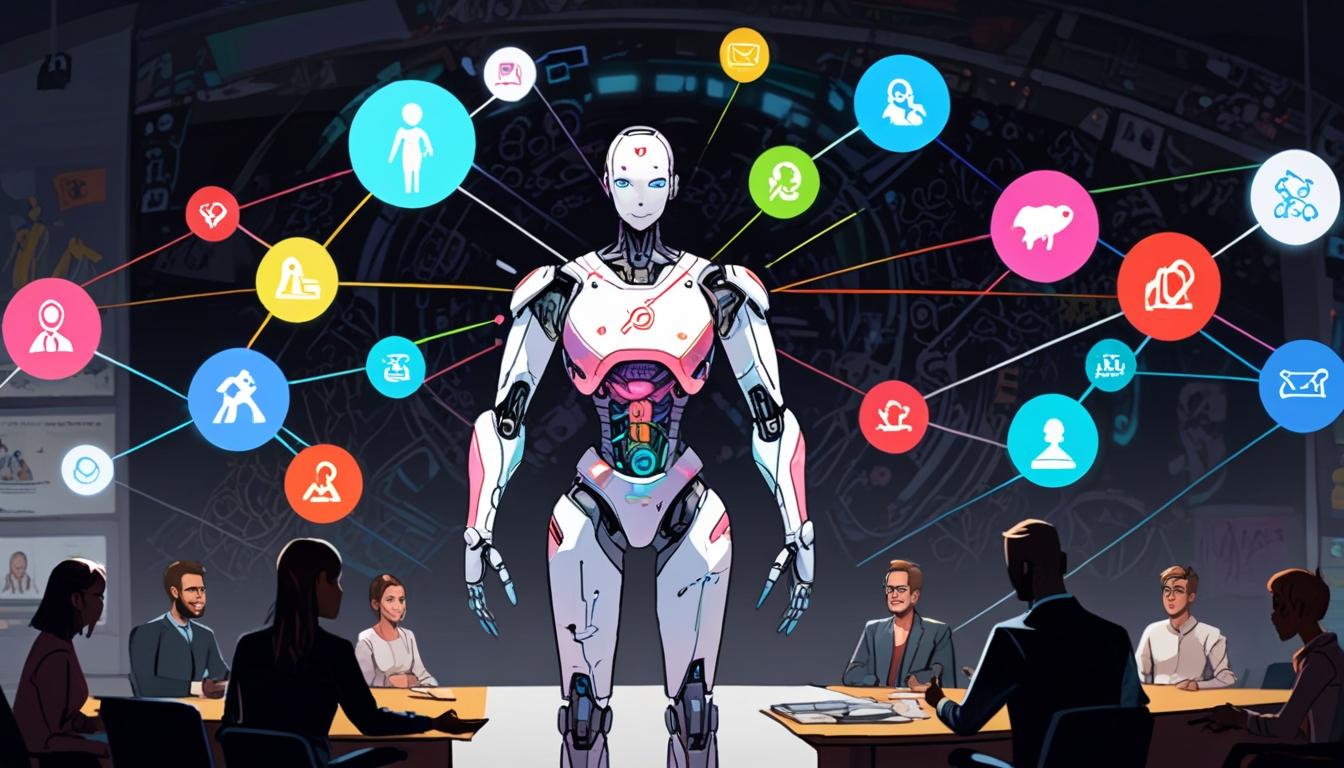Conversational AI is rapidly shaping the future of human-machine interaction, evolving far beyond the basic chatbot and voice assistant functionalities familiar to many. According to forecasts by IDC, the conversational AI software services market is set to accelerate strongly through 2024-2028, reaching over $31.9 billion in revenue by 2028. This technology enables machines to simulate human dialogue by leveraging natural language understanding (NLU) and machine learning, allowing for sophisticated interactions that go beyond simple question-and-answer exchanges.
Unlike traditional chatbots that follow pre-scripted decision trees, conversational AI interprets user intent, context, and tone in real-time, adapting to the user and learning from every interaction. This makes it a powerful strategic tool across various sectors, capable of automating repetitive tasks while generating actionable insights that enhance decision-making.
The technology integrates deeply with existing business systems such as customer relationship management (CRM) and enterprise resource planning (ERP) tools. It supports multilingual communication and drives concrete outcomes including closing sales, scheduling appointments, and resolving support issues without continuous human intervention.
Current adopters of conversational AI are reaping significant benefits. Industries like retail, healthcare, and finance, which handle a high volume of customer interactions and demand personalisation, have proven to be fertile ground for this technology. One notable example is Bank of America’s virtual assistant Erica, which since 2018 has handled over 1.5 billion interactions, engaging with clients approximately 56 million times monthly. Erica goes beyond transactional support, delivering over 60% of its interactions as personalised, proactive financial advice.
Emerging industries such as automotive, supply chain logistics, media, insurance, and others are accelerating their use of conversational AI. Automotive companies, led by Tesla, are integrating voice assistants to transform in-car user experiences through hands-free controls, enhancing safety and convenience. Supply chain and logistics firms employ AI for real-time updates and inventory management, driving down costs and errors. Meanwhile, media and insurance companies explore interactive content and streamlined customer workflows.
Despite these advances, certain sectors like education, legal services, real estate, and government agencies have been slower to adopt conversational AI, often due to legacy infrastructure, regulatory hurdles or perceived low interaction volumes. However, early adopters within these fields are beginning to showcase practical applications, such as virtual tours in real estate, challenging the assumption that conversational AI is unsuitable for these domains.
Experts highlight the importance of a hybrid approach where conversational AI complements human workforces rather than replacing them. Amazon researchers advocate for systems designed to recognise their own limitations, escalate complex cases to human experts, and continuously improve via human feedback loops. This hybrid model emphasises job evolution, enabling humans to focus on tasks requiring creativity, critical thinking, and relationship-building.
Looking forward, voice interfaces powered by conversational AI are predicted to become the dominant mode of interaction with machines — from household appliances to enterprise platforms. Executives are encouraged to strategically identify where conversational AI can add value and lead the transition to these new interfaces, as the technology moves from an experimental phase into mainstream adoption driving measurable operational improvements.
This comprehensive overview from Unite.AI presents a detailed understanding of conversational AI’s expanding role across industries, its technological foundations, and the strategic considerations needed for effective deployment in the evolving digital landscape.
Source: Noah Wire Services
